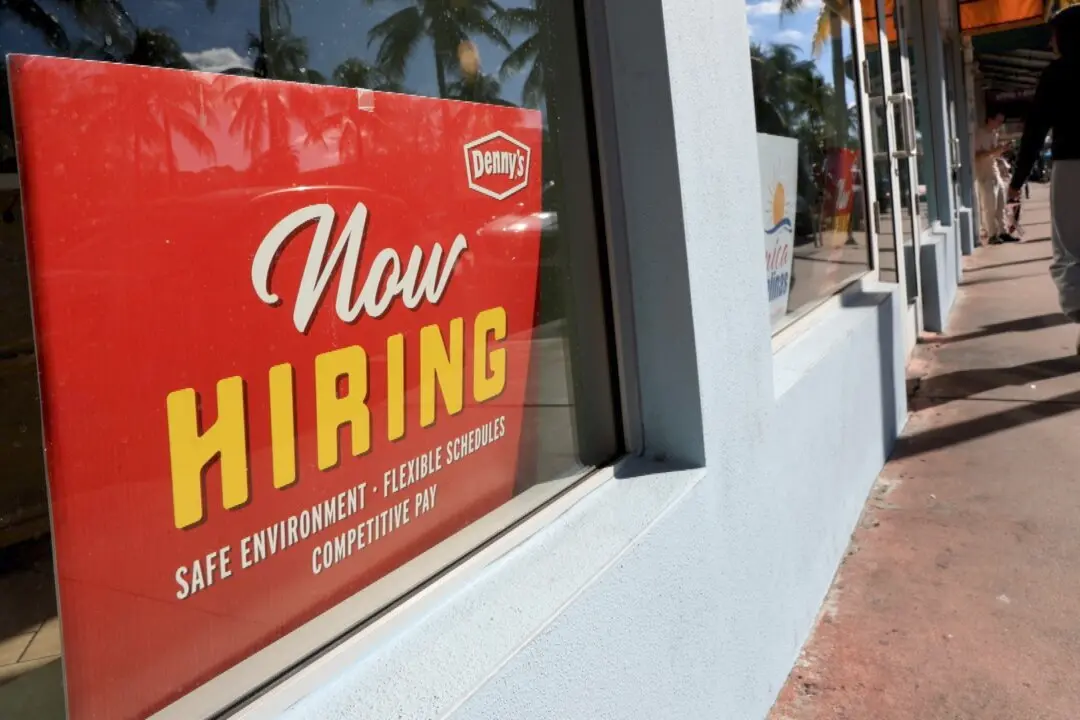Weekly jobless claims—a gauge of the number of individuals who filed for unemployment insurance for the first time—slowed last week as the economic fallout from Hurricanes Helene and Milton appear to be limited.
According to the Department of Labor, initial jobless claims totaled 241,000 for the week ending Oct. 12, down by 9,000 from the previous week’s 15-month high.





